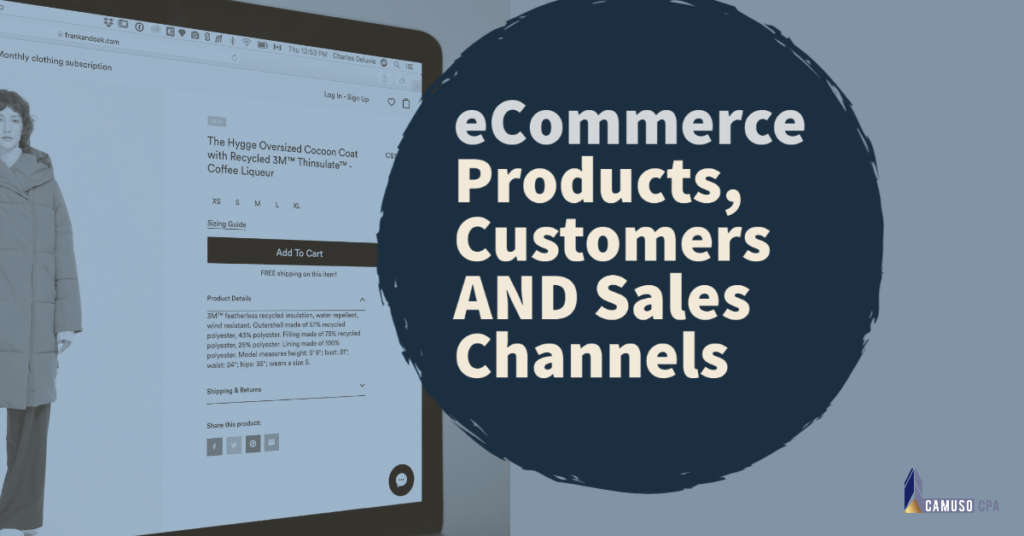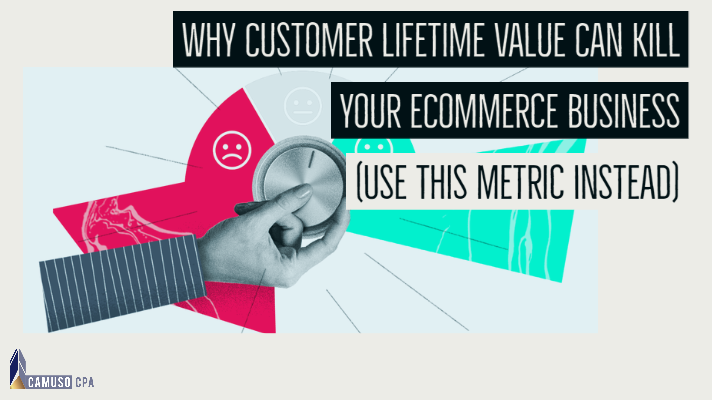
The decisions that you make as a business owner will decide the fate of your business, family, and overall life.
Everything that you do in your business should be planned and measured.
There are tons of different KPI’s, financial ratios, and benchmarks we can use to diagnose and assess your business to drive key financial outcomes.
Below I go over three fundamental profit KPI’s that every eCommerce business owner should be constantly monitoring.
- Gross Margin Rate
It is essential to understand and track gross margin on a per product and per sales channel basis.
This will drive key business decisions regarding profitability and allow for benchmarking against your peers.
👇 I recorded a video going over this below
Your Gross Margin Rate is:
(Revenue – Cost of Goods Sold) / Revenue
It is key to have an accounting system that accurately tracks cost of goods sold per product and per sales channel basis.
- Average Order Value
Your average order value (AOV) is the average amount of money each of your customers spends per order.
Your Average Order Value Is
Sales/Total Number of Sales
The Average Order Value multiplied by your Gross Margin Rate show your average margin per order.
This will drive your marketing decisions since this will show how much you can afford to spend on new customers to keep their first order profitable.
- Customer Lifetime Value
Customer Lifetime Value it is how much the buyers contribute to your business from the first order they place to the last.
The more valuable your customers are over the course of their relationship with your brand, the higher your return on investments made in advertising and customer acquisition.
At Camuso CPA, we partner with your company to not only handle your basic accounting but to provide ACTIONABLE and PROACTIVE financial insights that improve your business and increase your profits.
If you’re ready to take the next step in scaling your eCommerce business, book your 1-on-1 meeting with me TODAY!






